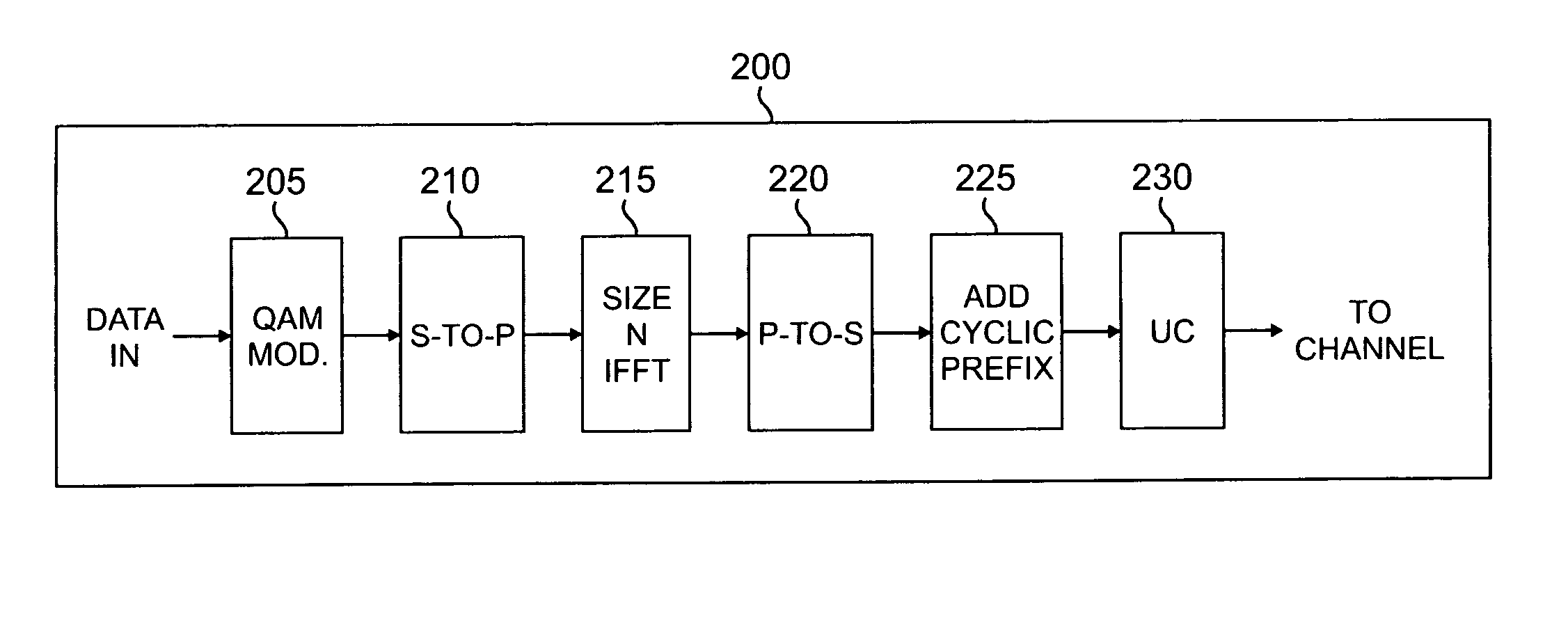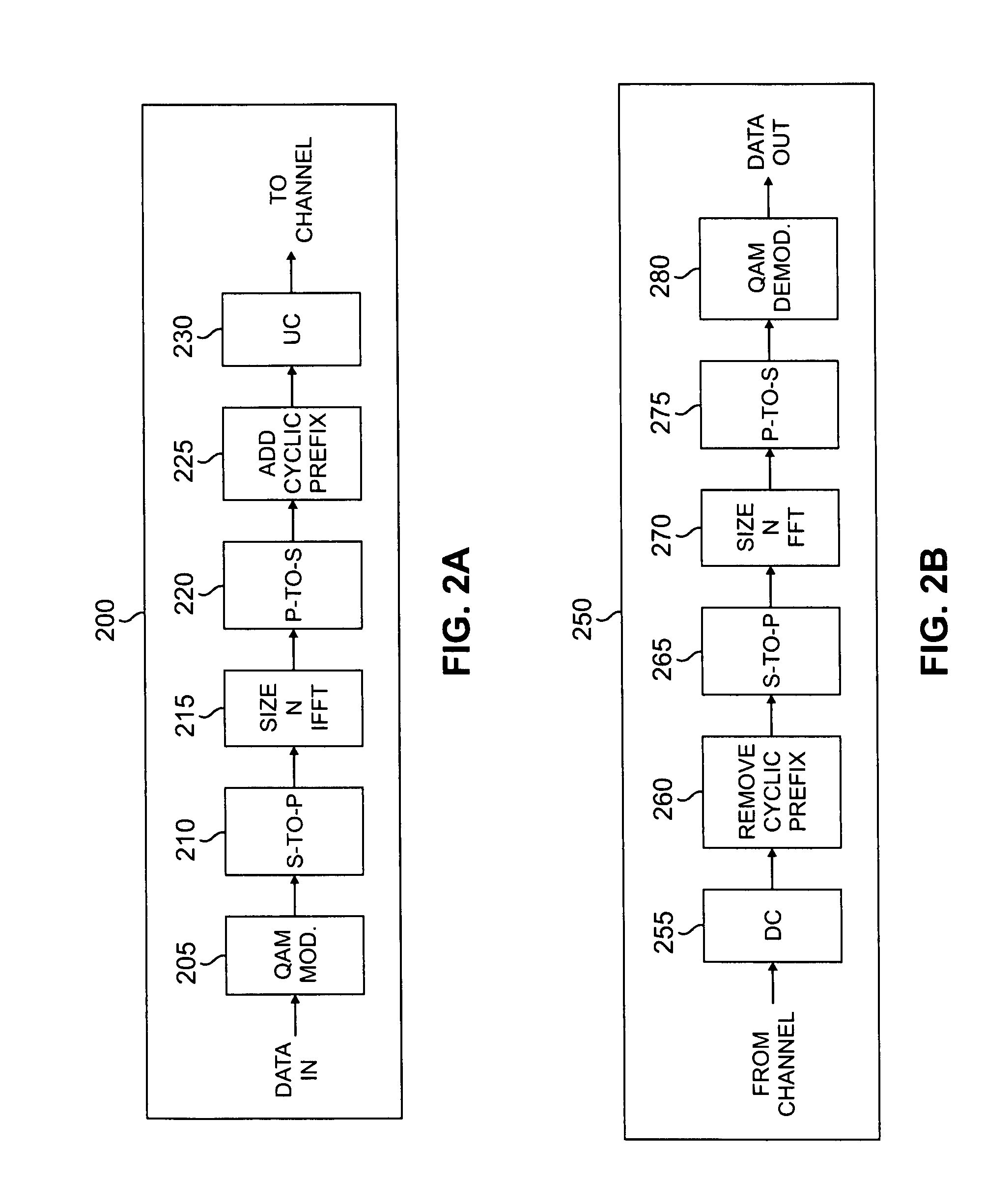System and method for dynamic allocation of ARQ feedback in a multi-carrier wireless network
a multi-carrier wireless network and dynamic allocation technology, applied in wireless communication, digital transmission, wireless communication, etc., can solve the problems of waste of resources, ack/nack schemes used in conventional wireless networks
- Summary
- Abstract
- Description
- Claims
- Application Information
AI Technical Summary
Benefits of technology
Problems solved by technology
Method used
Image
Examples
Embodiment Construction
[0023]FIGS. 1 through 6, discussed below, and the various embodiments used to describe the principles of the present disclosure in this patent document are by way of illustration only and should not be construed in any way to limit the scope of the disclosure. Those skilled in the art will understand that the principles of the present disclosure may be implemented in any suitably arranged communication system.
[0024] A transmission technique is disclosed in which the resource (e.g., communication channel) allocated for an ACK message or a NACK message is dynamically identified (or indicated) in a control channel message accompanying the data packet or data subpacket transmission from the transmitting device (e.g., a base station). The receiving device (e.g., a subscriber station) informs the transmitting device about the successful or unsuccessful transmission of the packet by sending an ACK message or a NACK message, respectively. The ACK / NACK is sent using the resource identified ...
PUM
 Login to View More
Login to View More Abstract
Description
Claims
Application Information
 Login to View More
Login to View More - R&D
- Intellectual Property
- Life Sciences
- Materials
- Tech Scout
- Unparalleled Data Quality
- Higher Quality Content
- 60% Fewer Hallucinations
Browse by: Latest US Patents, China's latest patents, Technical Efficacy Thesaurus, Application Domain, Technology Topic, Popular Technical Reports.
© 2025 PatSnap. All rights reserved.Legal|Privacy policy|Modern Slavery Act Transparency Statement|Sitemap|About US| Contact US: help@patsnap.com



